Product Details
Cranial nerves that are attached to the intelligence and skip thru the openings of the skull. There are 12 pairs of cranial nerves, symmetrically arranged so that they are dispensed mainly to the buildings of the head and neck. The one exception is the VAGUS NERVE, which extends down to serve buildings in the chest and abdomen. Some of the cranial nerves are each sensory and motor (controlling movement as well as conducting sensory impulses), while others are both solely sensory or only motor. pertaining to the skull or to the head cease of the body. Surgical perforator from LZQ is high-quality.
Cranial intestinal portal the entrance into the embryonic foregut from the multiplied midgut. cranial nerve reflexes cranial nerves which are connected to the talent and bypass via the openings of the skull. There are 12 pairs of cranial nerves, symmetrically organized so that they are dispensed basically to the constructions of the head and neck. See also specific nerves cranial tibial reflex percussing simply below the lateral tibial condyle (cranial tibial muscle) usually causes a moderate flexion of the tibiotarsal joint. A take a look at the integrity of spinal cord segments L6 to S2, sciatic and peroneal nerves. Exaggerated in spinal twine lesions
In terrestrial vertebrates, the appendage is converted into an auditory ossicle that conducts sounds from the tympanic membrane to the inner ear; the posterior visceral arches (gill arches proper) are converted into the hyoid bone and laryngeal cartilages. Mammals have extra auditory ossicles, the incus, and the malleus, which arose from detached posterior factors of the palatoquadrate and Meckel' s cartilages—the quadrate and articular bones.
In higher fishes and terrestrial vertebrates, the embryonic cartilaginous skull greater or less ossifies and becomes invested with dermal bones fashioned in the deep layers of the skin. On the outdoor the dermal bones structure the calvaría, which is made up of nasal, frontal, parietal, squamous, and other bones. Originally the calvaría had openings;solely for the eyes and nostrils(anapsid skull), however most terrestrial vertebrates now have openings in the back of the orbits—temporal home windows separated via the temporal, or zygomatic, arches. The function of the higher jaws was once transferred to the premaxillary and maxillary dermal bones. The palatal and pterygoid dermal bones of the palato quadrate cartilage shape the palatal surface of the bony cranium. In some reptiles and mammals these bones form a secondary palate, which separates the choanal place from the major part of the oral cavity.

 +86-021-50327060
+86-021-50327060
 zq@lzqtech.com
zq@lzqtech.com
 Medical Instrument
We can achieve perfect edge quality and dimensional tolerance up to±0.0005mm (±0.5μm) in the process of micro, ultra-long, ultra-thin, super-abrasive, impact-resistant, high-precision and combined ... VIEW MORE
Medical Instrument
We can achieve perfect edge quality and dimensional tolerance up to±0.0005mm (±0.5μm) in the process of micro, ultra-long, ultra-thin, super-abrasive, impact-resistant, high-precision and combined ... VIEW MORE Implant
Corresponding and matching drills and tools of different types, forms, shapes, structures can be high precisely ground to mold according to different brands and different types of implants forms, shap... VIEW MORE
Implant
Corresponding and matching drills and tools of different types, forms, shapes, structures can be high precisely ground to mold according to different brands and different types of implants forms, shap... VIEW MORE Cutting Tools
Super-hardness machining for special, non-standard new ite ms with different size and tolerance. VIEW MORE
Cutting Tools
Super-hardness machining for special, non-standard new ite ms with different size and tolerance. VIEW MORE Accessory Parts
we can customize for you according to your samples or drawings for any manufacturing of ceramic,carbide,stainless high-speed steel, stainless steel, titanium alloy, titanium diamond, etc series, hig... VIEW MORE
Accessory Parts
we can customize for you according to your samples or drawings for any manufacturing of ceramic,carbide,stainless high-speed steel, stainless steel, titanium alloy, titanium diamond, etc series, hig... VIEW MORE

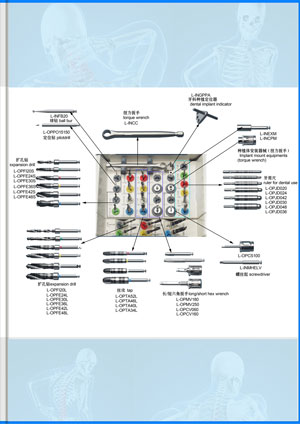

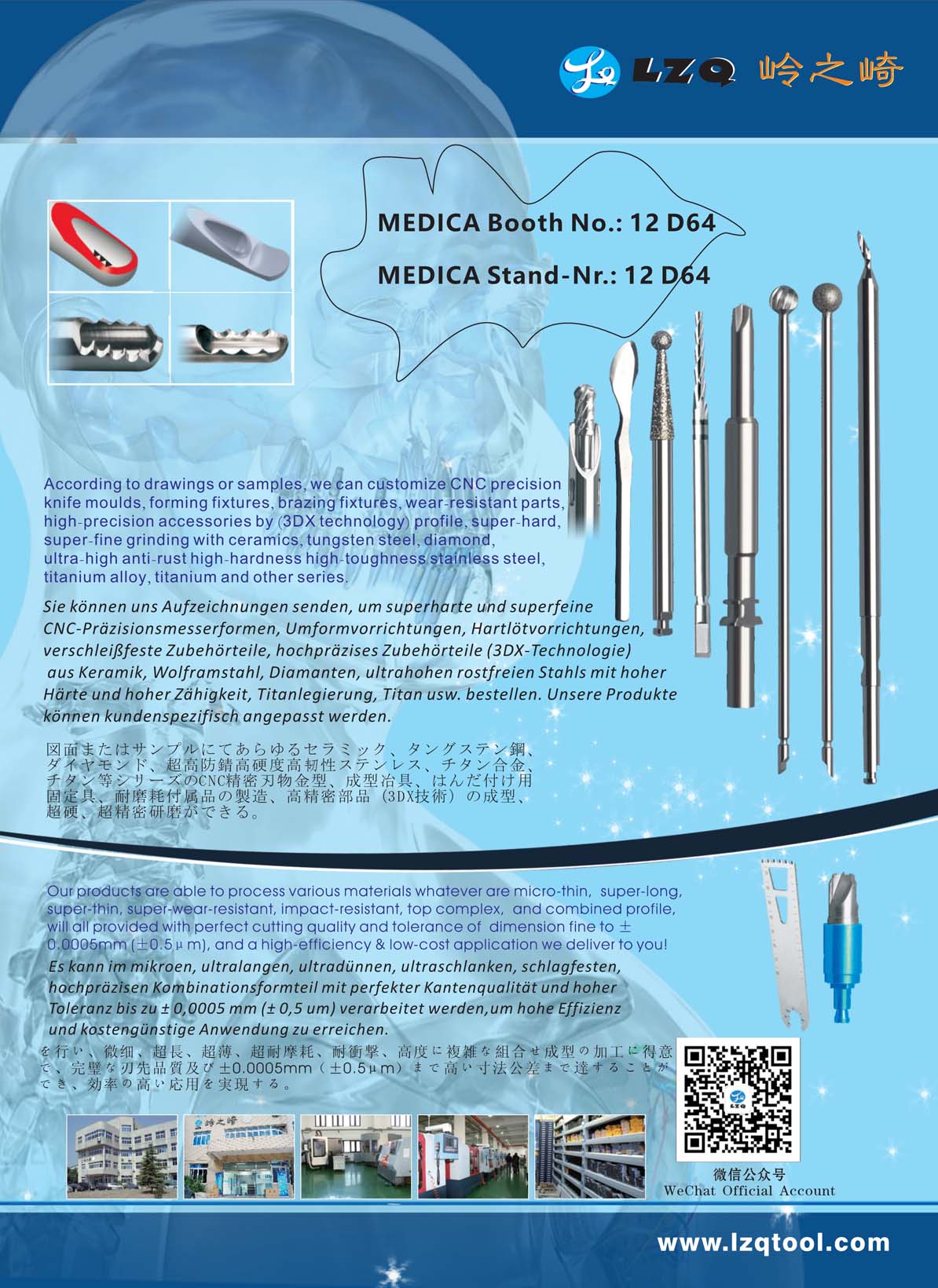
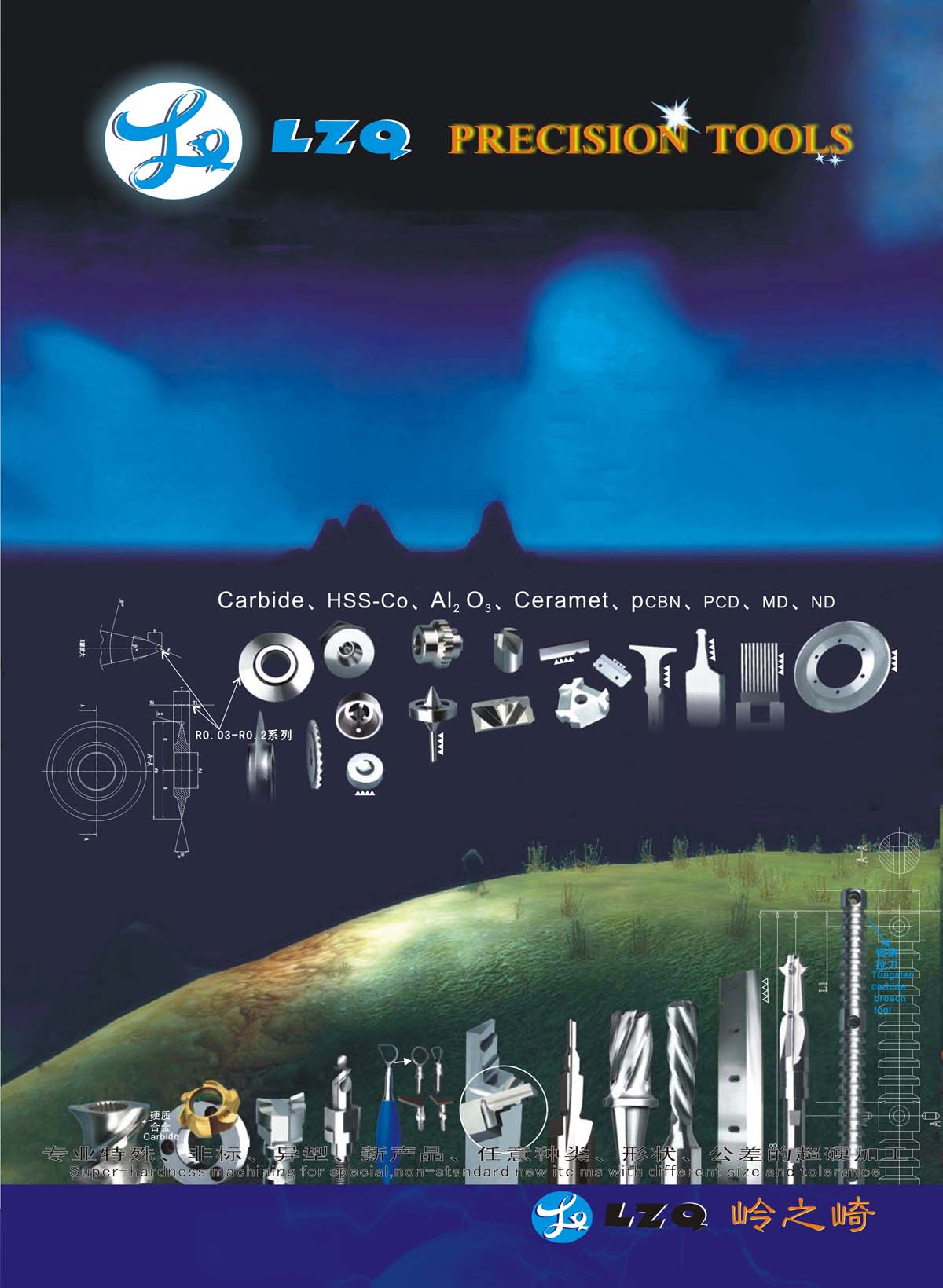
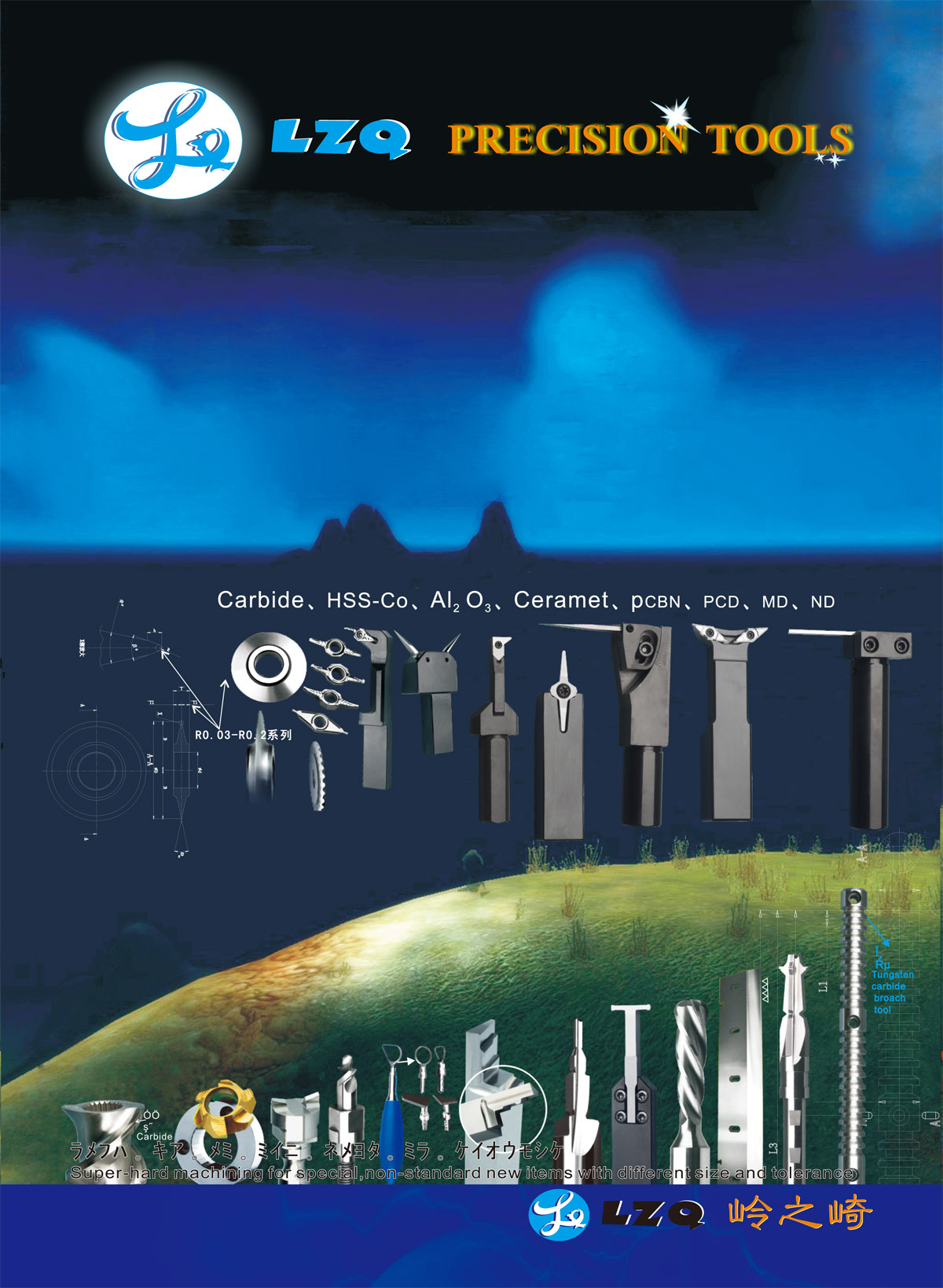






































































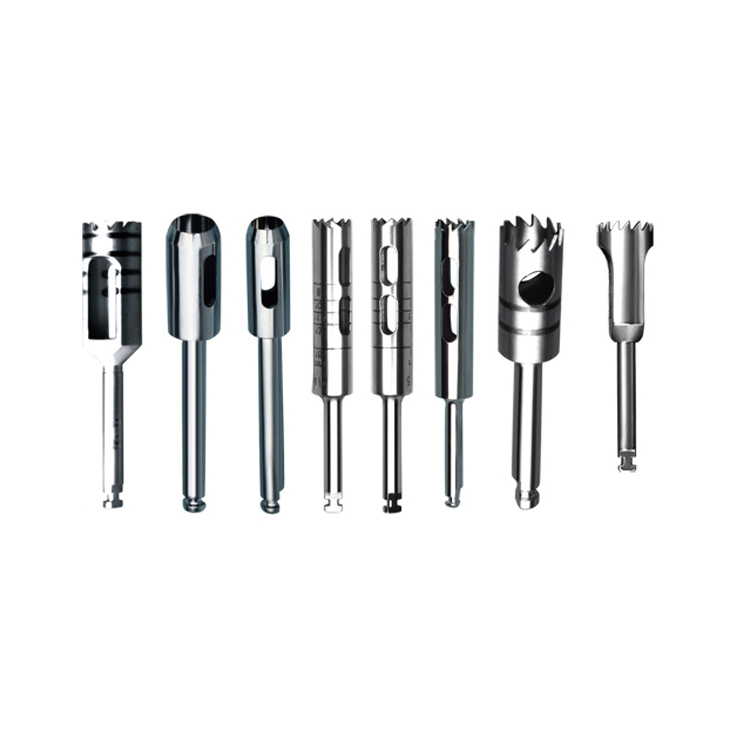










































































































































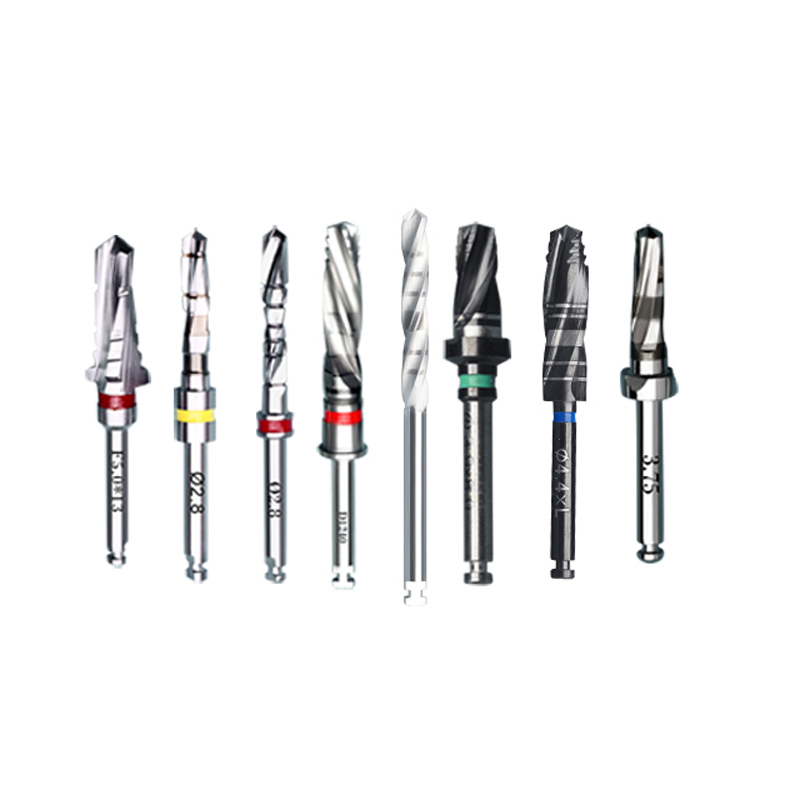
























































































































































































.webp)



























































 +86-021-50327060
+86-021-50327060 
 NO.1269 Plant, Jinhu Road, Jinqiao Export Processing Zone, Pudong New District, Shanghai, China.
NO.1269 Plant, Jinhu Road, Jinqiao Export Processing Zone, Pudong New District, Shanghai, China. 
